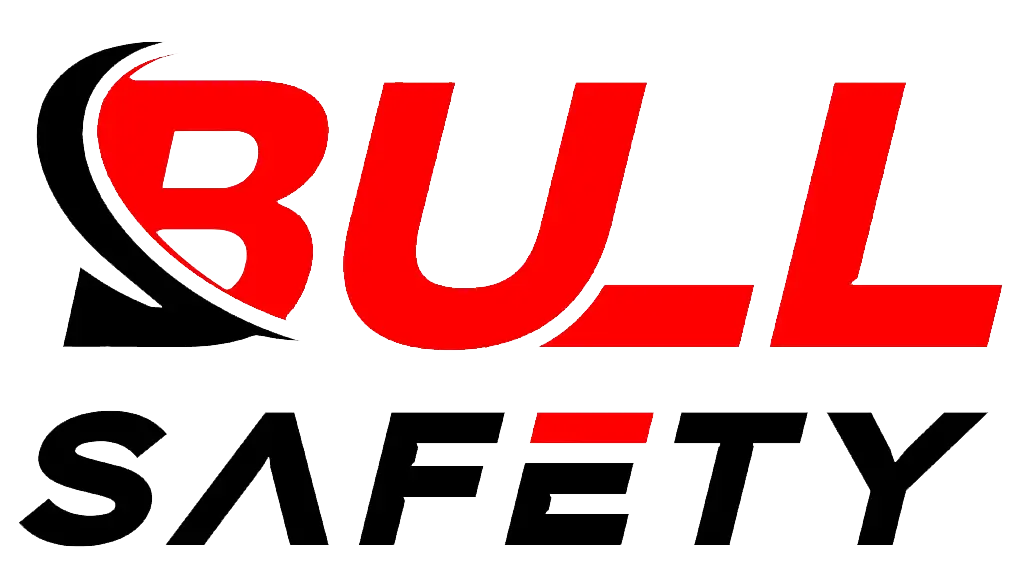
When choosing cut-resistant gloves, I always rely on the ANSI rating system1 to determine the level of protection against cuts. These ratings categorize gloves based on their resistance to cutting hazards, helping me and others in the industry make informed safety choices.
ANSI cut-resistant glove ratings2 range from A1 to A9, with higher levels indicating stronger cut protection3.
Understanding these ratings is essential for selecting the right gloves based on workplace risks. Let me walk you through how the ANSI system works and why it matters.
What is the ANSI Rating for Cut-Resistant Gloves?
The ANSI rating system provides a standardized way to measure a glove’s resistance to cuts.
ANSI categorizes gloves from A1 to A9 based on their ability to withstand cutting forces, helping businesses like mine choose the right gloves for specific hazards.

The American National Standards Institute (ANSI) sets the cut resistance standards4 using tests like ASTM F2992-155, which measures how much force is needed to cut through a glove. The test results are then translated into a numerical rating, making it easier to compare gloves and select the best option for different applications.
What Are the ANSI Levels for Cut-Resistant Gloves?
ANSI cut-resistant gloves are rated from A1 to A9, with each level offering increasing protection against cuts.
As someone who has been in the glove industry for decades, I always advise customers to choose the right ANSI level based on their work environment. Here’s a breakdown of the ANSI cut levels and their recommended applications:
| ANSI Level | Cut Resistance (grams) | Recommended Use Case |
|---|---|---|
| A1 | 200–499 | Light-duty tasks with minimal cut risks |
| A2 | 500–999 | Handling small sharp objects |
| A3 | 1,000–1,499 | Light industrial work |
| A4 | 1,500–2,499 | Industrial tasks, moderate cut risks |
| A5 | 2,500–3,499 | Heavy-duty material handling |
| A6 | 3,500–4,499 | High cut-risk environments |
| A7 | 4,500–5,999 | Extreme cut risks, metal stamping |
| A8 | 6,000–7,999 | Maximum protection against sharp objects |
| A9 | 8,000+ | Specialized use for extreme cutting hazards |
By selecting the appropriate ANSI level, I can ensure that my team and customers are getting the best balance between protection and dexterity.
Does OSHA Require Cut-Resistant Gloves?
I often get asked whether OSHA requires cut-resistant gloves6.
OSHA does not specifically require cut-resistant gloves, but it mandates employers to provide protective gloves when there is a risk of hand injuries.
While OSHA doesn’t have a strict rule on cut-resistant gloves, I know from experience that employers must assess workplace hazards and ensure the right PPE is provided7. In industries where workers handle sharp tools, machinery, or materials, OSHA recommends using gloves that meet ANSI ratings8 to improve worker safety.
Failure to comply with PPE regulations can lead to fines and potential legal issues. That’s why I always stress the importance of selecting properly rated gloves in any workplace with cutting hazards.
How to Tell If Gloves Are Cut Resistant?
The easiest way to check if a glove is cut-resistant is by looking for the ANSI rating or certification label.
Over the years, I’ve worked with gloves made from materials like aramid fiber (Kevlar®), high-performance polyethylene (HPPE), and steel mesh, which all offer excellent cut resistance. To ensure compliance and safety, I always recommend checking for an ANSI label on the glove or its packaging.
If the glove doesn’t have a clear ANSI cut resistance rating, I wouldn’t trust it in high-risk environments. It’s always better to invest in gloves that meet recognized safety standards.
Conclusion
ANSI cut-resistant glove ratings help workers choose the right gloves for their specific safety needs.
By selecting the right ANSI level, I can ensure that employees, colleagues, and customers stay protected from cutting hazards while maintaining compliance with safety standards. If you’re unsure about which gloves to choose, feel free to reach out—I’d be happy to help!
Footnotes
-
Explore this link to understand the ANSI rating system, which is crucial for selecting the right cut-resistant gloves for safety. ↩
-
Learn about the cut-resistant glove ratings to make informed decisions about safety gear in your workplace. ↩
-
Discover the significance of cut protection in the workplace to ensure safety and prevent injuries. ↩
-
Learning about cut resistance standards helps in making informed decisions when choosing protective gloves for various tasks. ↩
-
Exploring ASTM F2992-15 will provide insights into the testing standards for cut resistance in gloves, ensuring safety and compliance. ↩
-
Understanding OSHA’s guidelines on cut-resistant gloves can help ensure workplace safety and compliance with regulations. ↩
-
Learn how to effectively assess workplace hazards to provide the right PPE, ensuring safety and compliance in your organization. ↩
-
Explore ANSI ratings to choose the best cut-resistant gloves, enhancing safety for workers handling sharp tools and materials. ↩



